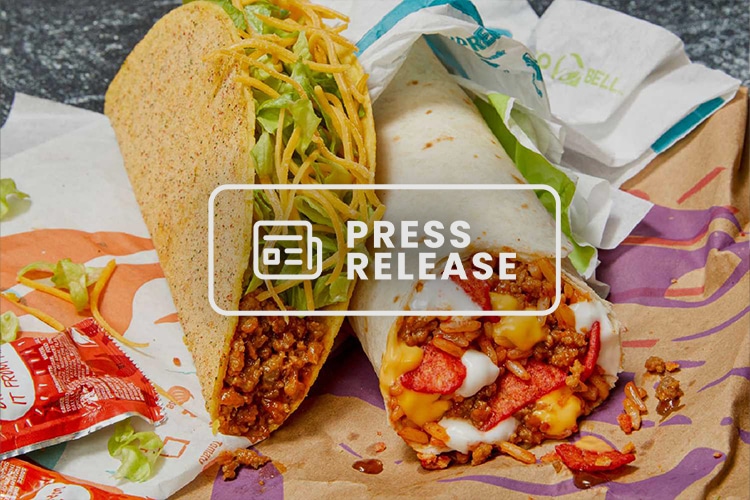Nothing in the restaurant industry is more critical than repeat customers. Issues like price inflation, labor shortages, and even the dreaded unexpected health inspection become secondary if people don’t return. That’s why understanding what makes guests happy and unhappy is more important than ever.
Customer retention statistics show that 65% of business comes from existing customers. In the restaurant industry, however, standard retention is around 30%, which pales in comparison to 83% in insurance, 75% in banking, and 63% in retail. As always seems to be the case, the restaurant industry must work harder.
The question then becomes where to work harder, and this is where customer satisfaction metrics come in. Collecting, tracking, and acting on customer satisfaction metrics are even more important today when consumers are overwhelmed with dining options, endless delivery choices, and even kits that, in some cases, provide restaurant-quality meals at home.
The number of different areas of customer satisfaction restaurants today can track and manage is growing and include:
- Accuracy of food order
- Food quality
- Website satisfaction
- Mobile app quality
- Beverage quality
- Courtesy and helpfulness of waitstaff
- Restaurant layout and cleanliness
- Variety of food on the menu
- Variety of beverages on the menu
- The speed of food’s arrival
- Net Promoter Score
- Customer Satisfaction Score
- Online reviews and ratings
Yet knowing those metrics and where your business stands are only part of the equation. There’s also the need for a dynamic system that allows you to match customer satisfaction metrics to various other restaurant business metrics. With this system in place, restaurants look at satisfaction scores over time, rather than just individual snapshots, and develop processes to understand, in detail, any issues that have occurred or might arise and how to amend them. These steps include:
Ensure High-Quality Experiences
Nearly 89% of businesses say customer service and experience are leading factors in retention. Guests who receive great food and stellar service are likely to return repeatedly. Ensure your customers receive consistent, high-quality dishes, appealing presentations, a clean environment, and excellent customer service every time they visit your restaurant.
To understand whether your restaurant is delivering that experience, consider asking:
- What was the best and worst part of your visit?
- How would you rate the value and/or quality of our food?
- Was the service friendly and attentive?
Drive Manager Engagement & Staff Training
Engaging with guests and bolstering satisfaction is a huge part of retention, and few individuals in each restaurant location have more control over that than managers. Guests remember how they felt while in your restaurant, especially when things go awry, so trying to check in with as many tables as possible is critical.
At the same time, managers are the critical factor in excellent staff performance, and all managers must take the time to train every employee properly. It is easy to assume that employees understand their role, but they can’t deliver your brand’s desired experience unless you clarify (and constantly remind them of) the expectations in areas like customer engagement, cleanliness, and ticket times.
Things to ask during guest surveys to help determine where managers should focus include:
- Did the food arrive in a reasonable amount of time?
- Did the quality and value match your expectations?
- If there were any issues, did your server handle them well?
- Did you find the space clean and comfortable?
- Is this your first time with us?
- How did you find us?
Get Social
Today’s social media diners often provide feedback without even being asked for it. While it’s important to be measuring, analyzing, and pivoting based on traditional methods of gathering customer satisfaction metrics, it’s now just as essential to monitor and assess what guests are saying. These include:
Set Up Social Media Monitoring
Tools like Hootsuite, Mention, and Sprout Social can help restaurants track what customers say about their brand on social media platforms like Facebook, Twitter, and Instagram.
Monitor Hashtags & Mentions
Restaurants can monitor everything related to their brand to see what customers say and track any feedback or complaints.
Respond to Feedback
It’s crucial to respond to customer feedback on social media, whether it’s positive or negative. This shows customers that their opinions matter and that the restaurant is committed to improving its service, which can sometimes convince unsatisfied guests to give your restaurant another chance.
Use Feedback to Improve
It’s important to carefully record feedback, especially negative feedback, and use it to create action plans to drive improvement. One simple example: if guests consistently complain about long wait times, the restaurant can look at ways to improve their seating and ordering systems to decrease table turnover and speed up kitchen operations.
Conclusion
While no one in restaurants has time to spare, the extra time and effort to gather customer feedback, create metrics, track them, and turn feedback and metrics into actionable plans for improvement are well worth it. First, as mentioned, repeat customers, whether you’re a Michelin-starred restaurant or a quick-service spot, are the foundation of profitability. Second, the restaurant industry is never stagnant. Guest preferences for everything from food to service style constantly change, and staying on top is the key to long-term growth. By understanding, tracking, and using customer satisfaction metrics alongside an integrated, all-in-one restaurant enterprise management platform, restaurant owners, operators, and managers can establish a clear path to success today and into the future.



